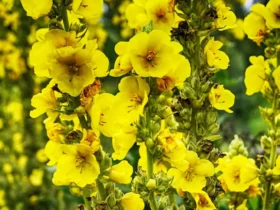Bell flowers are one of the most beautiful flower species in Europe, also known as Campanula, are a family of enchanting blooms that grace gardens and landscapes with their delicate and bell-shaped petals. These elegant flowers come in a variety of colors, sizes, and forms, creating a symphony of beauty wherever they bloom.
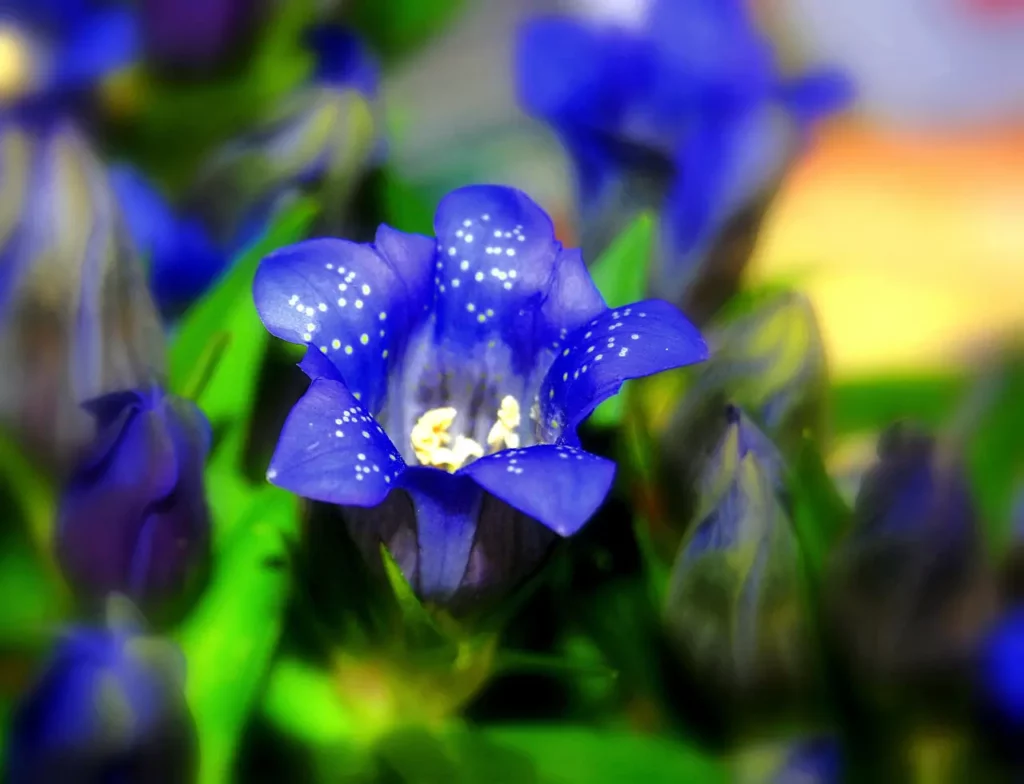
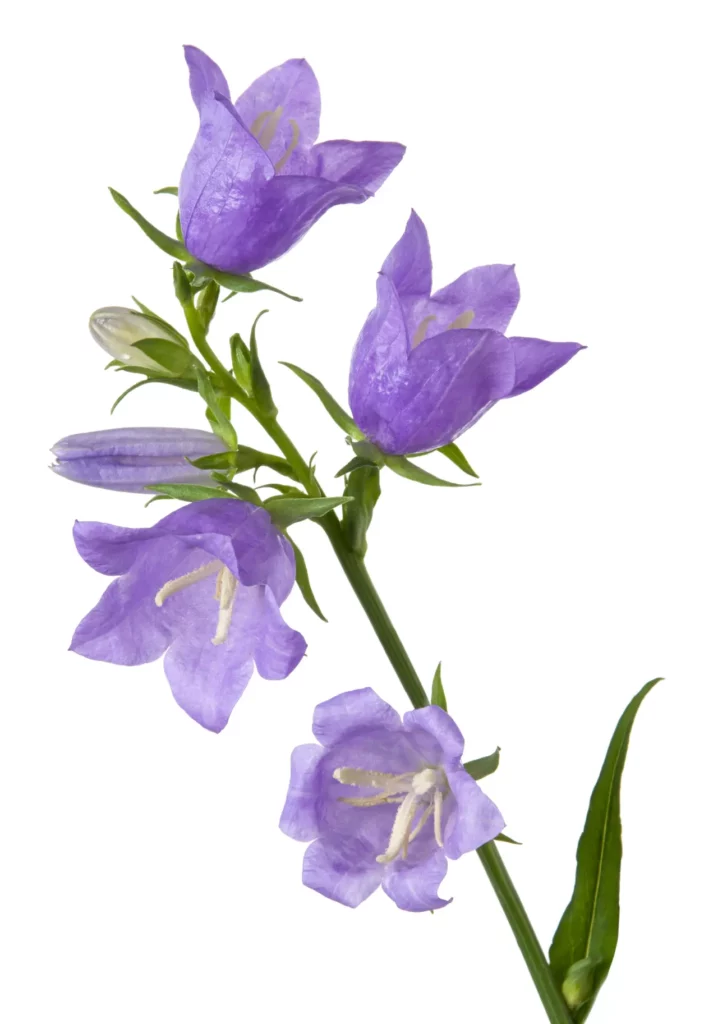
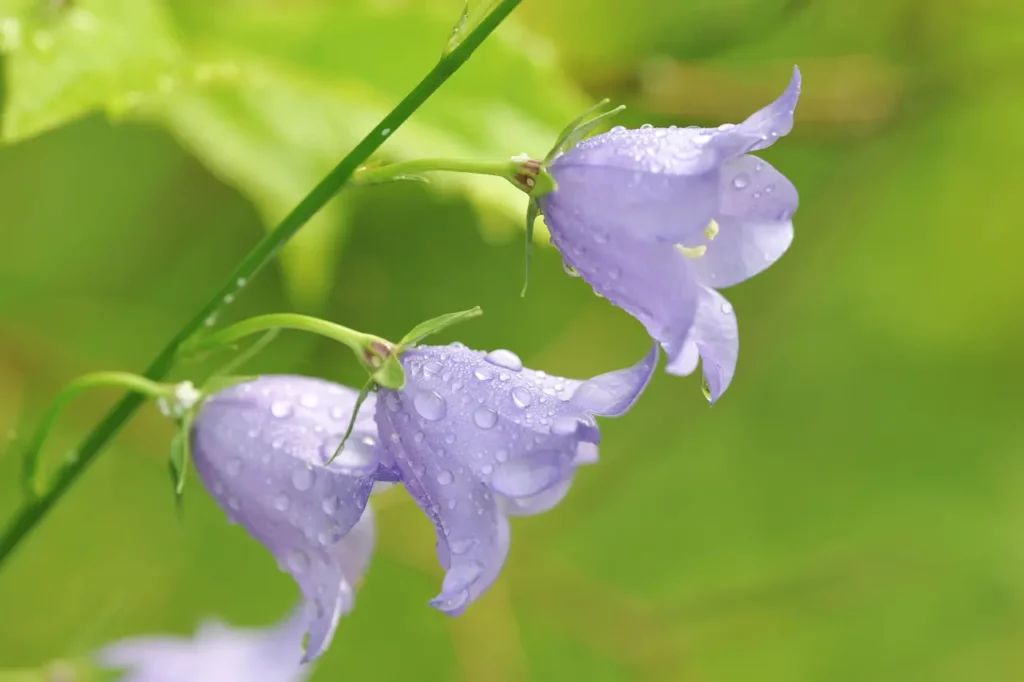
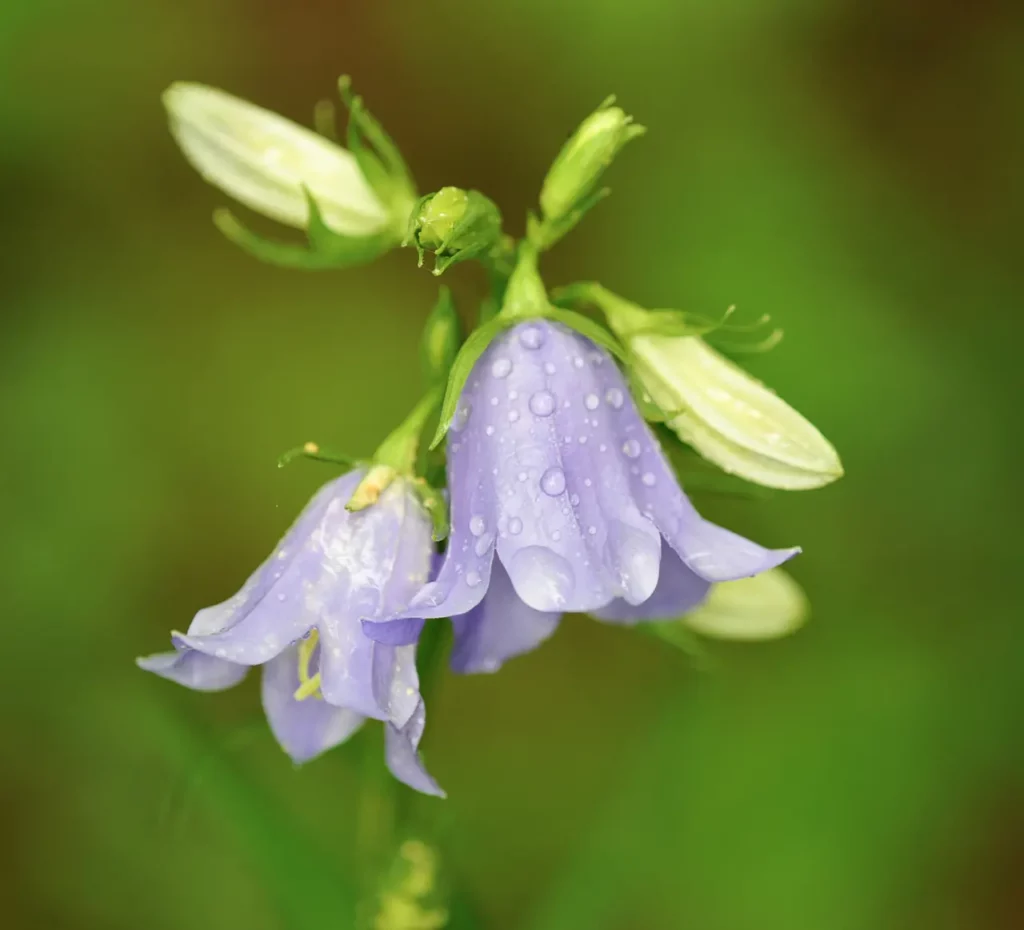
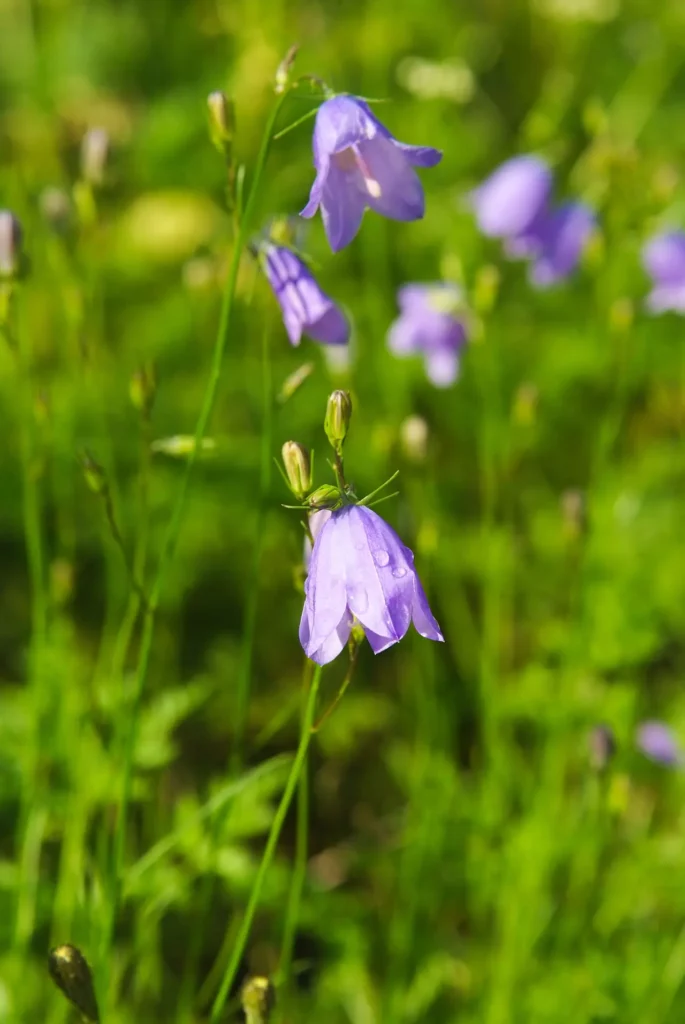
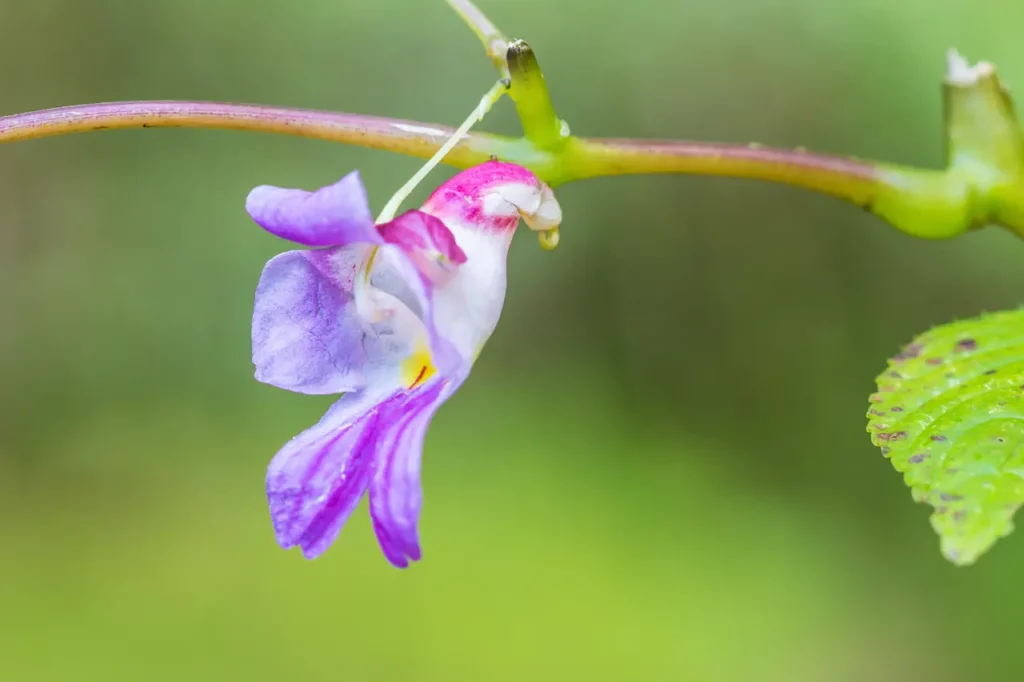
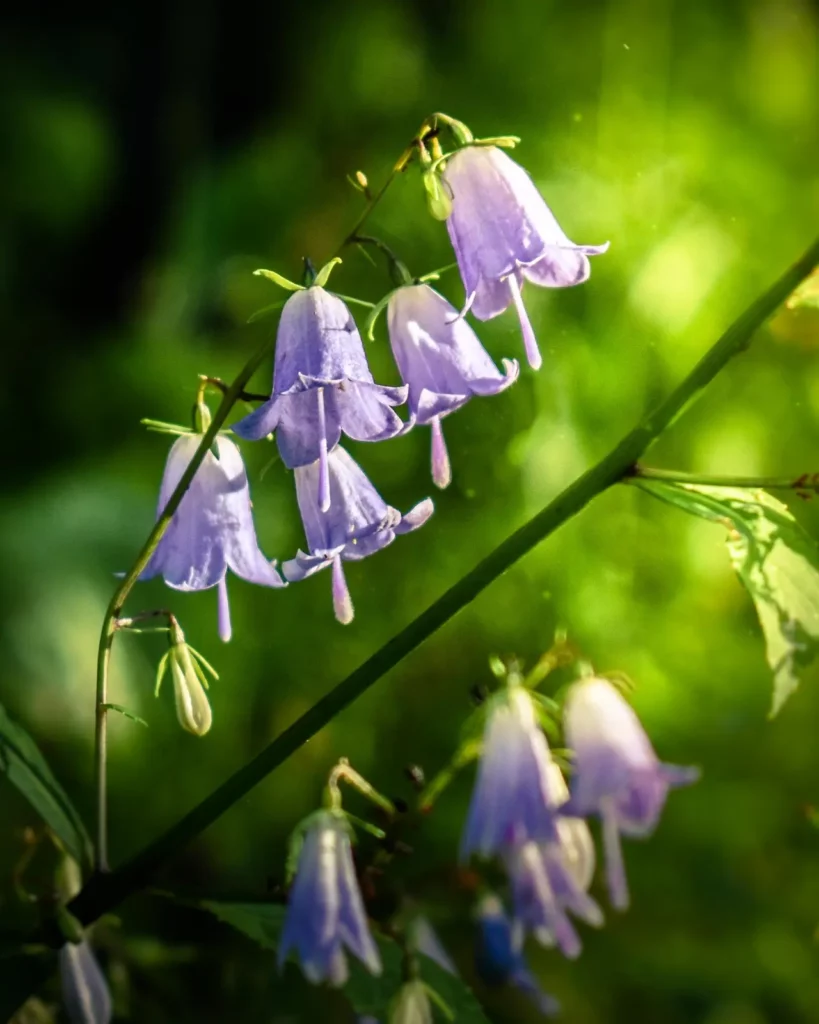
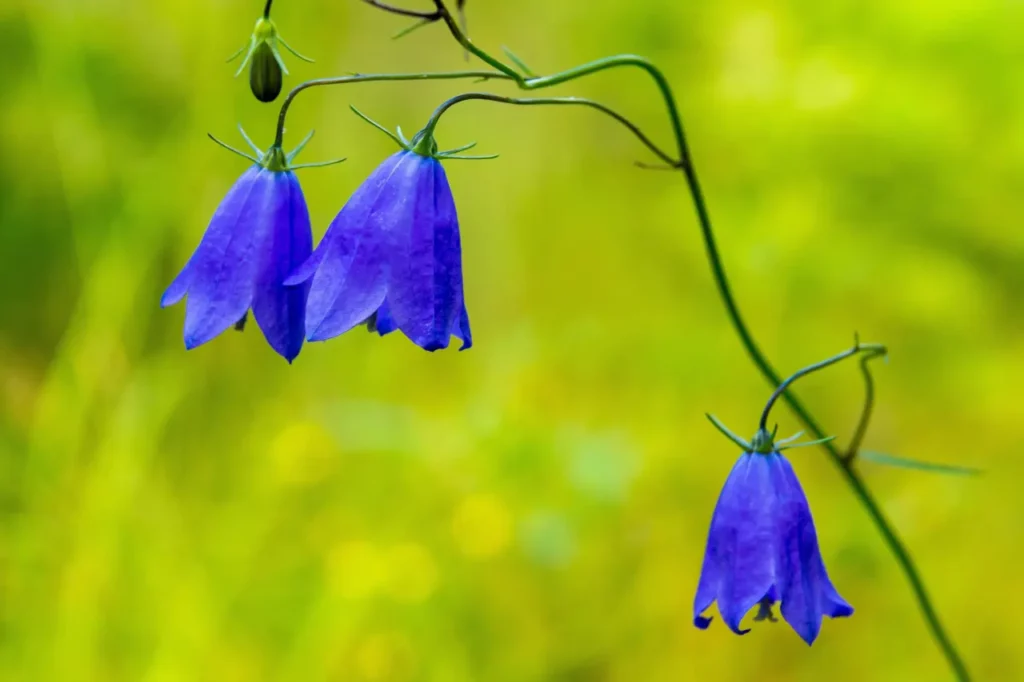
With their charming appearance and diverse species, bell flowers have captured the hearts of gardeners and flower enthusiasts worldwide. Join us as we delve into the captivating world of bell flowers and explore the reasons why they are cherished as nature’s melodic gems.
Aesthetically Pleasing Varieties
The bell flower family encompasses numerous species, each showcasing its unique charm and allure. From the iconic Campanula medium, commonly known as Canterbury bells, with its tall stems and vibrant bell-shaped blooms, to the dainty and low-growing Campanula carpatica, there is a bell flower to suit every taste and garden style. These versatile flowers exhibit a spectrum of colors, including shades of blue, lavender, pink and white, adding depth and dimension to floral arrangements and garden landscapes.
Elegant Bell-Shaped Blooms
The distinctive bell shape of these flowers is what lends them their common name. Bell flowers feature petals that are fused at the base, forming a tubular structure that flares out into a bell-like shape. This unique floral form adds an element of grace and whimsy to the garden, as the bell-shaped blossoms gently sway in the breeze. Their elegant silhouette makes them a captivating focal point in floral displays and a delightful addition to bouquets, adding a touch of elegance and playfulness to any arrangement.
Versatility in Gardens
Bell flowers are versatile plants that can thrive in a variety of garden settings. Whether planted in borders, rock gardens, or containers, these blooms effortlessly enhance the visual appeal of any space. Some species, like the trailing Campanula poscharskyana, create cascades of bell-shaped flowers that beautifully spill over walls and rock crevices. Others, such as Campanula lactiflora, make stunning additions to cottage gardens, with their tall spikes of bell-shaped blooms rising above herbaceous borders. With their versatility and adaptability, bell flowers offer endless possibilities for creative garden design.
Symbolism and Cultural Significance
Throughout history, bell flowers have held symbolic meanings and cultural significance in various societies. They are often associated with gratitude, humility, and everlasting love. In folklore, it is believed that the ringing sound produced by the flowers’ delicate petals attracts fairies and spirits, adding an element of enchantment and magic. Bell flowers have also been used medicinally in traditional herbal remedies for their purported healing properties. Today, they continue to symbolize beauty, gentleness, and the enduring presence of nature’s wonders.
Bell flowers, with their elegant bell-shaped blooms and diverse range of species, bring a touch of grace and beauty to gardens and floral displays. From their aesthetic appeal to their symbolic significance, these enchanting blossoms have found a special place in the hearts of flower enthusiasts and gardeners around the world. Whether adorning a vase on a tabletop or blooming in a vibrant garden bed, bell flowers invite us to appreciate the delicate wonders of nature and remind us of the melodic beauty found in every corner of the earth.
